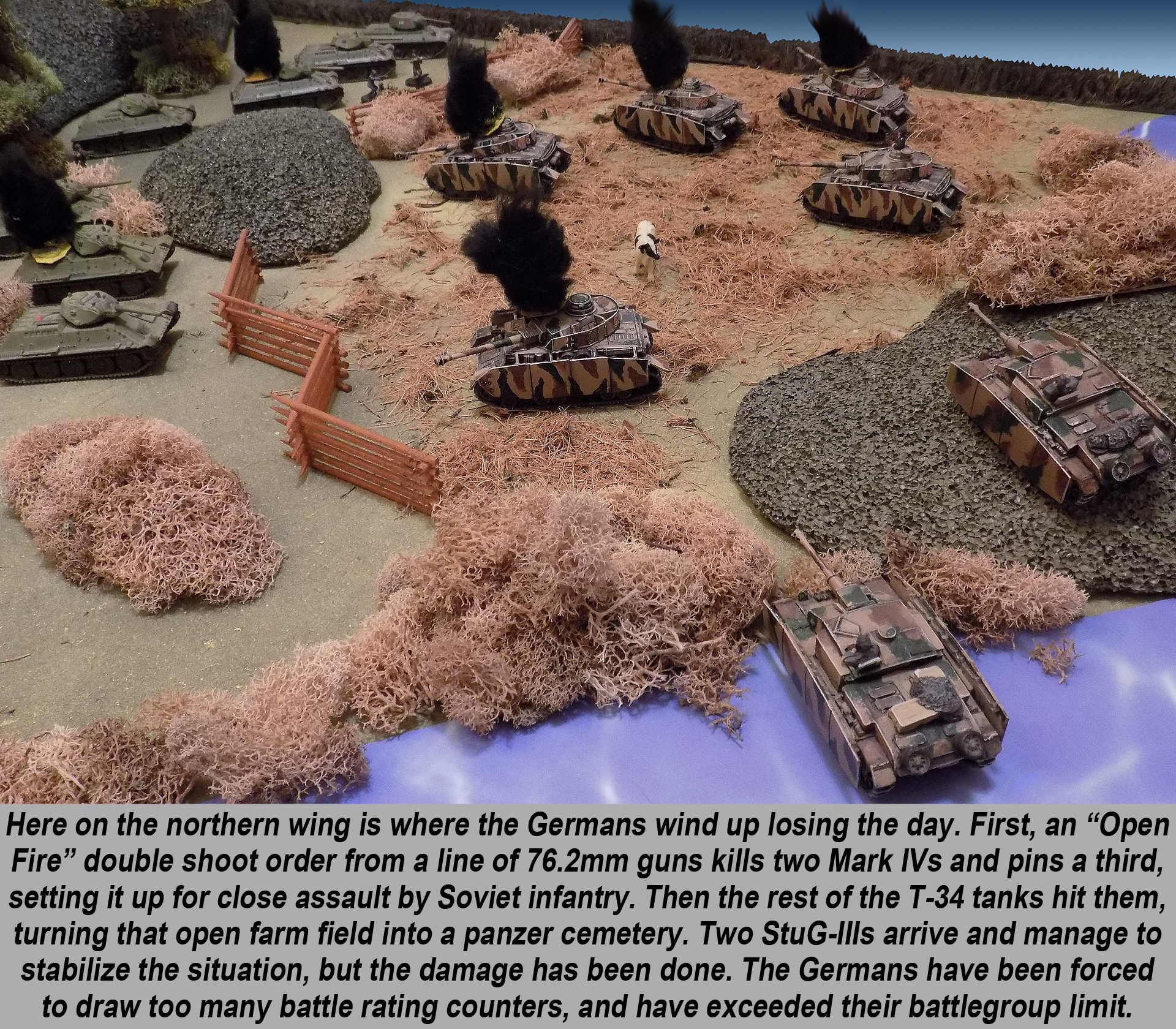

Roughly half of these belongs to 18th and 29th Tank Corps who attack LAH positions at 0830. Lets take a look at what really happened around Prokhorovka.Īt dawn on July 12th, 5th Guards tank army under Rotmistrov has over 800 tanks and SP guns. It did not collapse however, but the Germans were steadily pushed back.

When the offensive failed, the front crumbled. It all depended on that successful offensive though. The strategic reasoning behind the Kursk offensive was sound. But more importantly, that would mean surrendering the initiative to the Soviets. Taking a look at the relative numbers and the nature of the frontline, it is quite clear that any such attempt would simply lead to numerous situations compareable to the crisis at/after Stalingrad. The alternative would be to defend the front as it looked in spring of 43. If Kursk had succeded, the Germans would have a quiet autumn and maybe even winter on the eastern front, this period could be spent fortifying the lines ala AG Center did in 42, a strategic reserve could be built up, and preparations could be made to meet the allies in the west. In the summer of 43, everything was pretty much balanced.even. Meanwhile, the front had stabilized after Stalingrad, and thanks to Manstein, the situation was not really as desperate in the south as it might have been. The Germans knew that the Allies were coming in the west, and that soon troops would have to be shifted from the east to the west. The Germans (I never know whether to say "Hitler" or "the Germans".I think Im going to go with "the Germans") wanted to encircle the Soviets at Kursk and destroy them for two reasons.Ģ) Remove large portion of Soviet attack capability.īoth these measures are defensive in nature. It was not "lets surround the Soviets at Kursk and then march on to Moscow" the offensive had a completely different motivation. I shall cut to the chase and present my thesis. I suspect the topic has been discussed before.


 0 kommentar(er)
0 kommentar(er)
